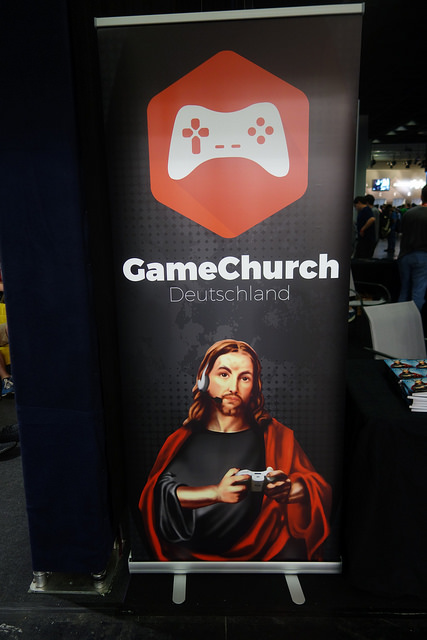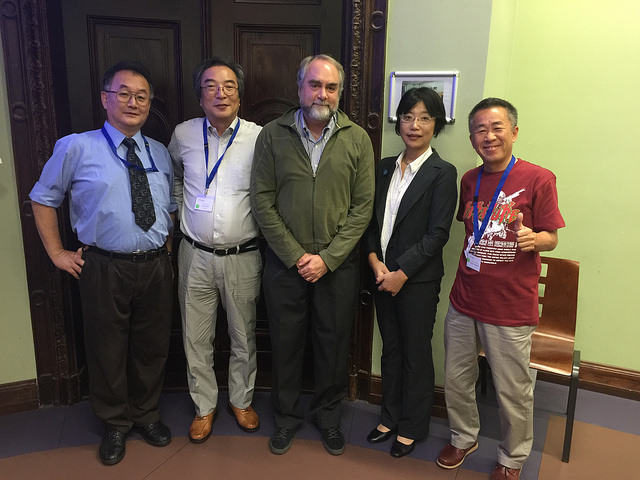
Edmonton has released a new mobile app called SmartTravel. The new mobile app issues verbal safety warnings to Edmonton drivers. You can get live warnings as you drive or before. Interesting idea.

Edmonton has released a new mobile app called SmartTravel. The new mobile app issues verbal safety warnings to Edmonton drivers. You can get live warnings as you drive or before. Interesting idea.
Bill Robinson has penned a nice essay Marking 70 years of eavesdropping in Canada. The essay gives the background of Canada’s signals intelligence unit, the Communications Security Establishment (CSE) which just marked its 70th anniversary (on Sept. 1st.)
The original unit was the peacetime version of the Joint Discrimination Unit called the CBNRC (Communications Branch of the National Research Council). I can’t help wondering what was meant by “discrimination”?
Unable to read the Soviets’ most secret messages, the UKUSA allies resorted to plain-language (unencrypted) communications and traffic analysis, the study of the external features of messages such as sender, recipient, length, date and time of transmission—what today we call metadata. By compiling, sifting, and fusing a myriad of apparently unimportant facts from the huge volume of low-level Soviet civilian and military communications, it was possible to learn a great deal about the USSR’s armed forces, the Soviet economy, and other developments behind the Iron Curtain without breaking Soviet codes. Plain language and traffic analysis remained key sources of intelligence on the Soviet Bloc for much of the Cold War.
Robinson is particularly interesting on “The birth of metadata collection” as the Soviets frustrated developed encryption that couldn’t be broken.
Robinson is also the author of one of the best blogs on Canadian Signals Intelligence activities Lux Ex Umbra. He posts long thoughtful discussions like this one on Does CSE comply with the law?

After Replaying Japan 2016 a bunch of us took the train to Cologne to go to gamescon 2016, Europe’s biggest videogame convention. A selection of my GamesCon 2016 photos are on Flickr.
The convention was depressing. Long line ups for overhyped commercial titles. Music too loud. Too many hucksters getting us cheering for crap. The creative side of gaming seemed to be overwhelmed by the commercialization. A church of gaming indeed.
The best area was the retrogaming area which a great mix of systems you could play and exhibits. The indie game area also had some brilliant games including Awkward Ellie, where you play an awkward elephant at a tea party. There was also a one-d game called Line Wobbler where you controlled a dot travelling up a LED strip. Playful fun in one dimension.

Last week I was at Replaying Japan 2016 which was held in Leipzig and organized by Martin Roth and Martin Picard of the jGames Research Initiative at University of Leipzig. You can see my Replaying Japan 2016 Conference Report here. The conference is the fifth such conference that I have helped organize to look at Japanese and Asian videogame culture. We had terrific keynotes from Namco game and game music designers from the 1980s including Iwatani (Pac-Man) and Junko Ozawa (music for many Namco arcade and videogames). We also had a terrific talk about the history of localization from Minako O’Hagan.
The conference continued a tradition of bringing Western and Japanese game studies researchers together in a friendly environment. The quality of papers was really quite high and the conversation even better. The time has come to develop a community of research.
At the European Summer University in Digital Humanities 2016 I was luck to be able to attend some sessions on Stylometry run by Maciej Eder. In his historical review he mentioned people like Valla and Mendenhall, but also mentioned a fellow Pole, Wincenty Lutoslawksi whose book The origin and growth of Plato’s logic; with an account of Plato’s style and of the chronology of his writings (1897) is the first to use the term “stylometry”. Lutoslawski develops a Theory of Stylometry and reviewed “500 peculiarities of Plato’s style” as part of his work on Plato’s logic. The nice thing is that the book is available through the Internet Archive.
Eder has a nice page about the work he and ogthers in the Computational Stylistics Group are doing. In the workshop sessions I was able to attend he showed us how to set up and run his “stylo” package (PDF) that provides a simple user interface over R for doing stylometry. He also showed us how to then use Gephi for network visualization.
Information is Beautiful has a great interactive on World’s Biggest Data Breaches & Hacks. The interactive shows how data breaches are getting worse, but it also lets you look at different types of breaches.
ProPublica has a great op-ed about Making Algorithms Accountable. The story starts from a decision from the Wisconsin Supreme Court on computer-generated risk (of recidivism) scores. The scores used in Wisconsin come from Northpointe who provide the scores as a service based on a proprietary alogorithm that seems biased against blacks and not that accurate. The story highlights the lack of any legislation regarding algorithms that can affect our lives.
Update: ProPublica has responded to a Northpointe critique of their findings.
From Humanist and then MIT News, Professor Emeritus Seymour Papert, pioneer of constructionist learning, dies at 88. Papert was Piaget’s student and thought about how computers could provide children a way to construct knowledge. Among other things he developed the Logo language that I learned at one point. He also collaborated with the LEGO folk on Mindstorms, named after his book by that title.
The week of the 11th tot he 16th of July was Digital Humanities 2016 in Kraków. This conference was, in my opinion, the best organized DH conference I have attended (and I have attended most of them since the first joint ACH-ALLC conference in Toronto in 1989.) Jan Rybicki and Maciej Eder deserve credit for a lovely conference.
My conference notes are on philosophi.ca so I won’t go into a lot of detail here. Some of the themes worth noting include:
Some of the events and papers I was involved in include:
Spurious Correlations is a great web site that shows correlations that are spurious like this one between revenue generated by arcades and computer science doctorates. The gathered correlations show how correlation is not causation.
Thanks to Dan for this.